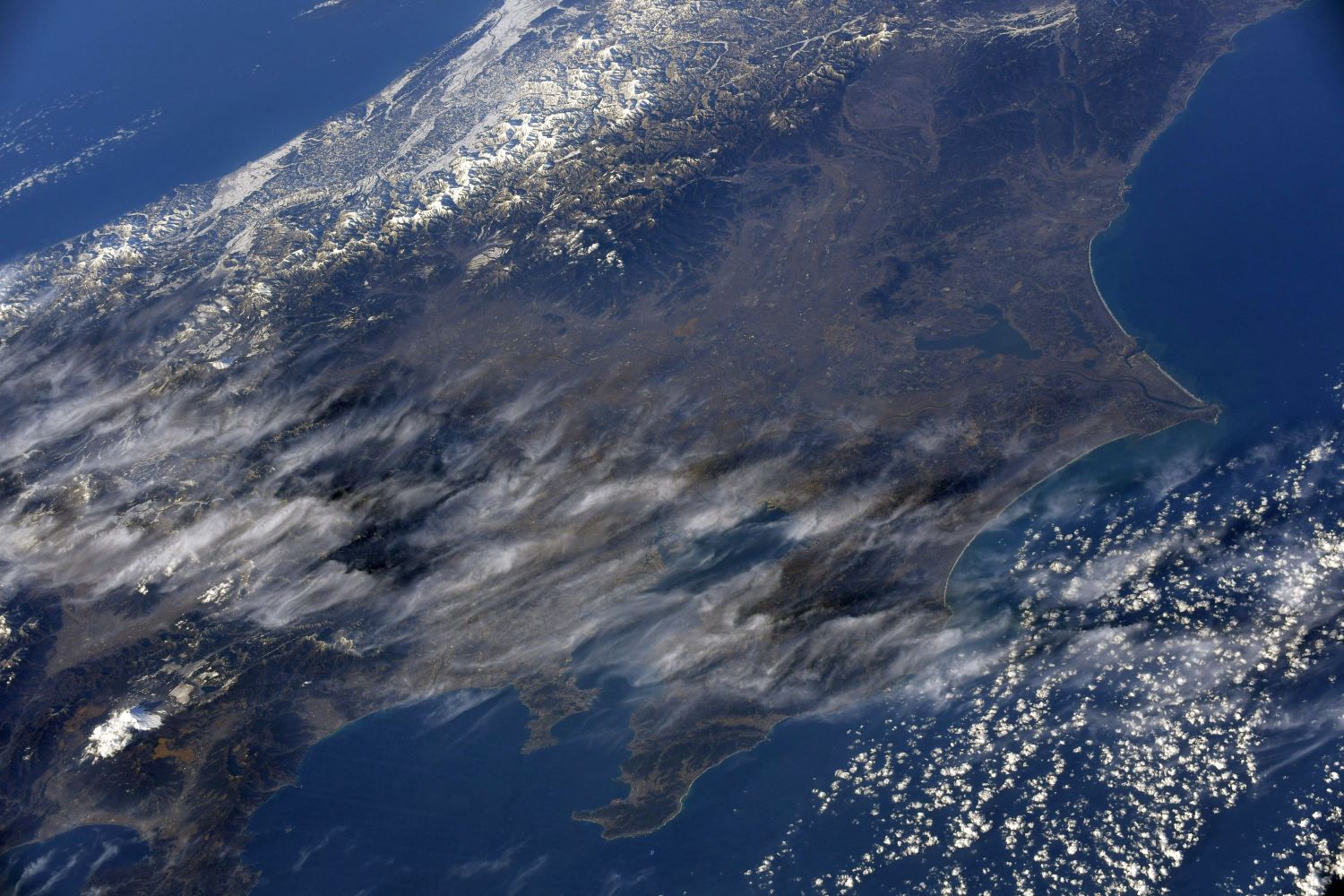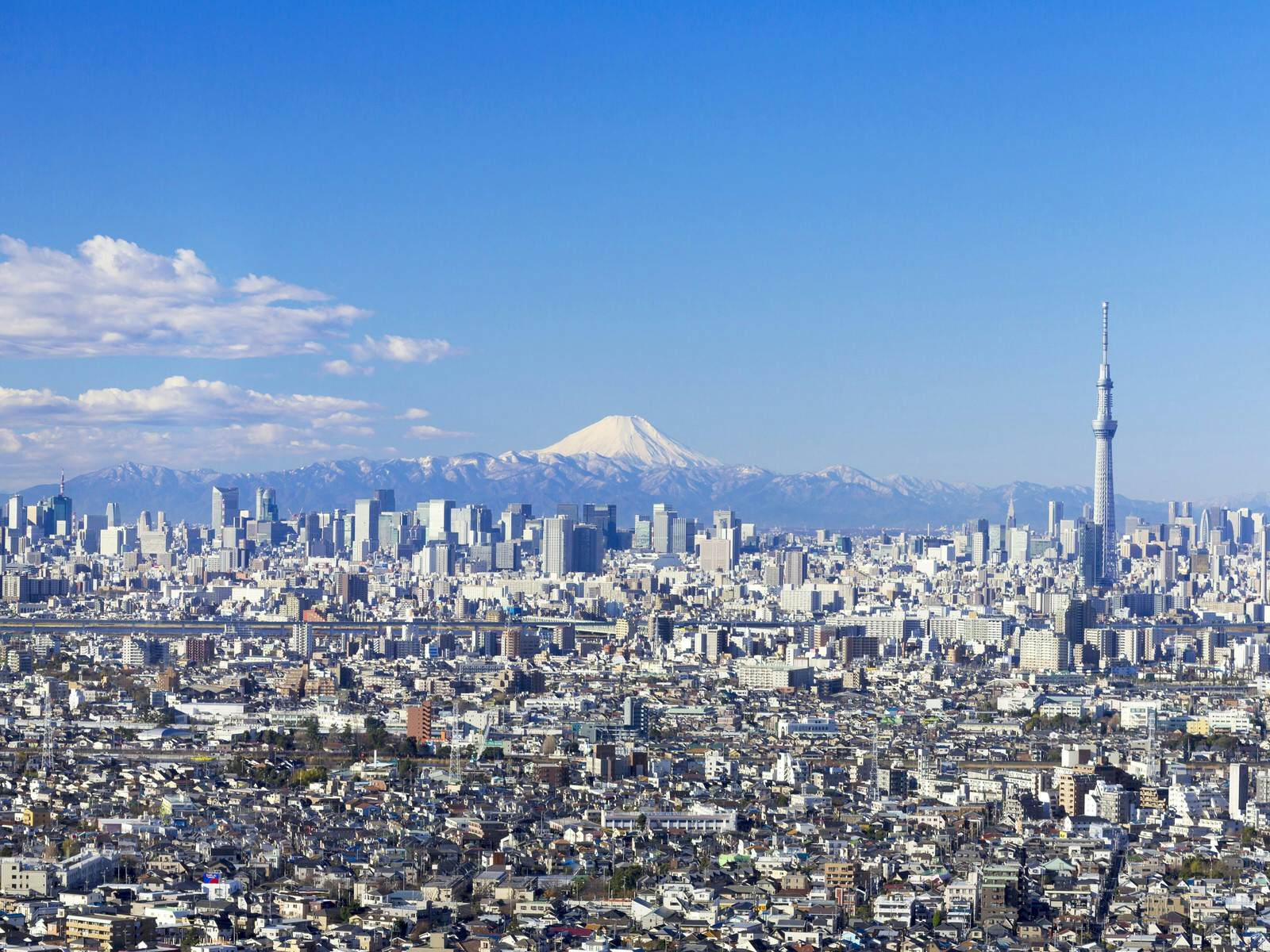[:ja]野口聡一宇宙飛行士がISSから撮影した冬の関東です。画像からもわかりますが、関東は非常に天気が良いです。

関東地方は、冬(12~2月)には、大陸でシベリア高気圧が勢力を強め、太平洋北部ではアリューシャン低気圧が発達して、西高東低の冬型の気圧配置となり、大陸からの寒気が流れ込みます。この季節には、長野県北部や群馬県北部などの山岳部や山間部では、日本海から流れ込む雪雲の影響を受け、雪の降る日が多くなりますが、乾いた風が吹き降りる平野部では晴れの日が多くなるといった『地形の特徴』がみられます。一方、冬型の気圧配置が崩れ関東甲信地方の南岸を低気圧が通過する際には、平野部では曇りや雨となりますが、寒気が強いときには雪となり、『大雪』となることもあります。(出所: 東京管区気象台)
地上の様子はこちらです。

参考文献: Soichi Noguchi’s Tweet
地球俯瞰画像を見る: LiVEARTH
[Earthview Wonders] No.1214: Kanto Plain in Winter🇯🇵
Astronaut Soichi Noguchi captured from ISS Kanto Plain, Japan, in Winter.

The Kantoi Plain is the largest plain in Japan, and is located in the Kanto Region of central Honshu Island. The total area 17,000 km2 covers more than half of the region extending over Tokyo, Saitama / Kanagawa / Chiba / Gunma / Tochigi and Ibaraki Prefecture. In winter (December-January-February), the Siberian High develops over the Eurasian Continent and the Aleutian Low develops over the northern North Pacific. Prevailing northwesterly winds cause the advection of cold air from Siberia to Kanto/Koshin, bringing heavy snowfall to its northern parts (inland areas) and sunny weather to its southern parts (downstream of mountainous areas). Cyclones passing offshore of Japan’s southern coast sometimes bring snowfall to southern parts of Kanto/Koshin. (Source: Japan Meteorological Agency)
The local scenery on the ground is as follows.

Reference: Soichi Noguchi’s Tweet
See earthview photo gallery: LiVEARTH[:]